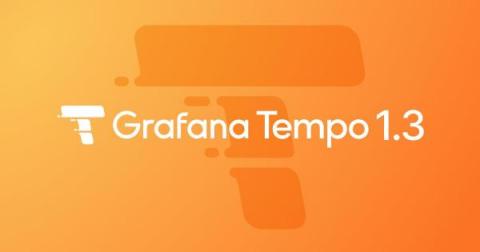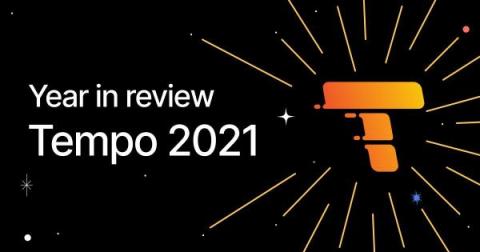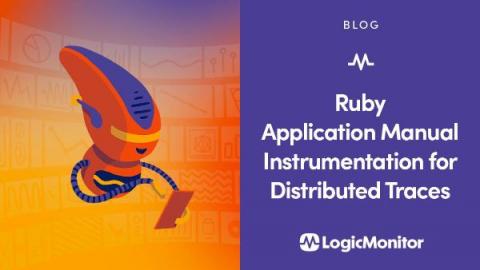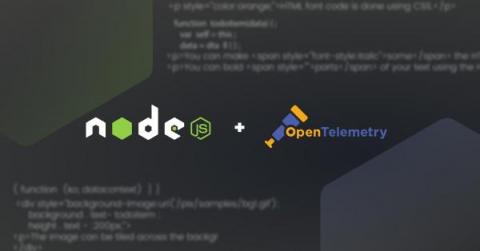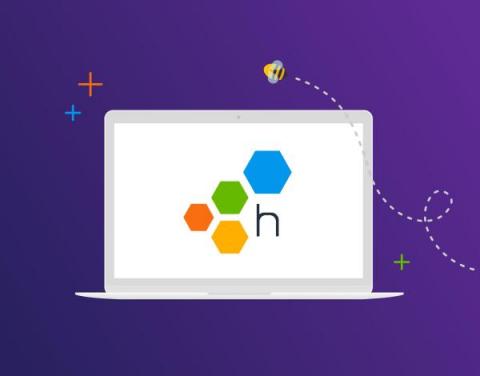Grafana Tempo 1.3 released: backend datastore search, auto-forget compactors, and more!
Grafana Tempo 1.3 has been released! We are proud to add the capability to search the backend datastore. This feature will also appear soon in Grafana Cloud Traces. If you want to dig through the nitty-gritty details, you can always check out the v1.3 changelog. If that’s too much, this post will cover the big ticket items. You can also register for our upcoming webinar “Distributed tracing in Grafana: From Tempo OSS to Enterprise” on Jan.


